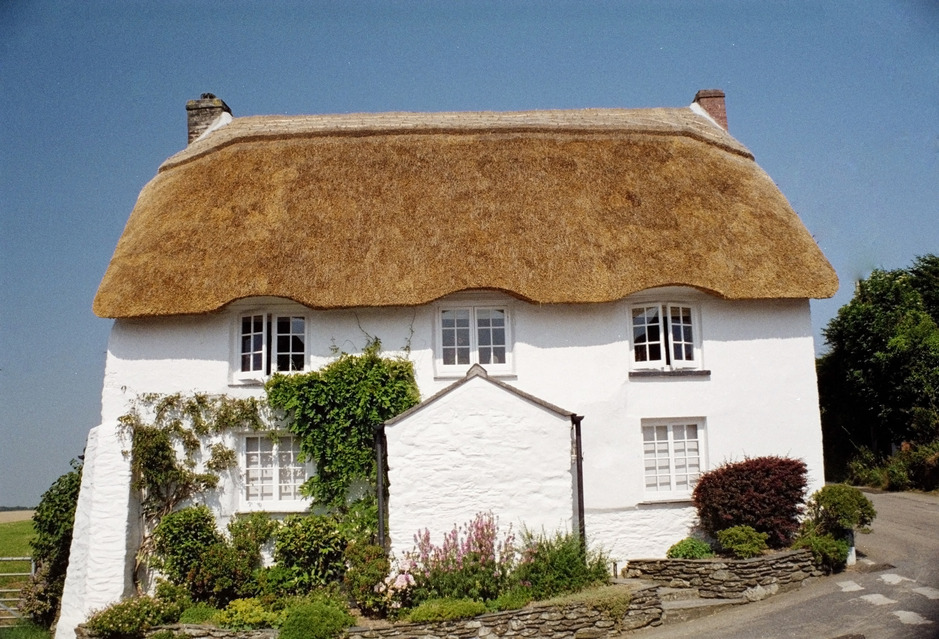Listed properties may come under a number of different listing categories. To make matters a little more complicated, the listing categories in England, Wales, Scotland and Northern Ireland may all have differences to each other.
Broadly speaking, we will be able to offer cover for many listed properties. However, the nature of such property means that each individual case may be very different based upon the age of the building, its generic type, where it is located, its value and so on.
For that reason, if you are looking for cover for a listed property that you let, we may ask that you please contact us for specific advice as opposed to merely issuing an online quotation. This is perfectly normal and should not be construed as cause for concern or an automatic indication that we are about to decline to cover your property.
In the meantime, let’s look a bit more about what listed buildings are.
Listed buildings explained
Buildings may be listed for several reasons and fall into different listing categories as a result. Typically, explains Historic England, a building is listed to recognise and celebrate its special architectural and historic interest.
Critically, listing also brings the building under special consideration as far as local planning permissions are concerned – so that it can be protected for generations to come. The older a building and the fewer the remaining examples of the type of architecture or history it represents, the more likely it is to be formally listed.
Landlord insurance for listed buildings
Listed buildings are by their very nature and definition buildings of special or historic interest and many are likely to be of non-standard construction.
Insurance for any property beyond the scope of what might be considered normal or standard naturally attracts particular attention on the part of the insurer. Typically, consideration needs to be given on an individual case by case basis, considering the building’s age, location, and of course, its classification by the listing authority.
The use of the building may be severely restricted by planning regulations. Plus, the non-standard construction and requirements related to materials and building methods are likely to make loss or damage to the structure more expensive than usual to repair.
It is worth stressing that if you have a listed property, it is particularly important that you have an in-depth understanding of the cover provided by your buildings insurance policy. That is because, in the event of a major disaster, the listing conditions and local authority planning regulations may insist that you rebuild the property exactly as it was before the loss or damage and that the appropriate, traditional materials and techniques are used – even though they may be very difficult to source today.
What that means is that your rebuilding costs may be particularly high, and you need to be sure they are covered by your policy.
Do you cover thatched properties?
We do not offer cover for thatched properties – including those that are also listed buildings. Although this is probably not the forum in which to expand fully on the reasons for declining such proposals, we would nevertheless welcome your enquiries – and will put you in touch with an expert policy provider known typically to arrange cover for this type of roof.
Next steps
If you have a listed property, why not contact us today on 01702 606 301 so we can discuss the most appropriate buildings insurance solution for you. We will be delighted to help!








